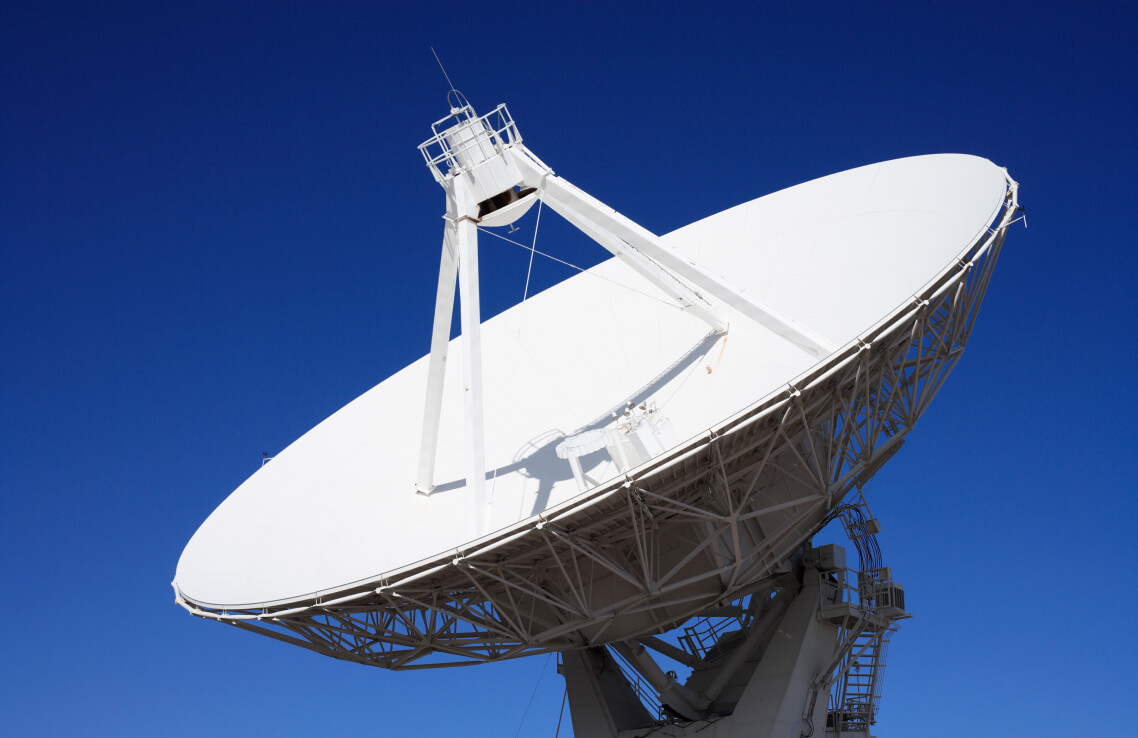How long does it take to close an acquisition? The time to complete a business acquisition varies considerably, ranging from several months under best-case scenarios to several years in worst-case ones.
Because each acquisition depends on a multitude of factors, it’s hard to predict the exact timeframe. However, when you know which factors contribute to delays, it’s much easier to make estimations and build an acquisition strategy accordingly.
This article explores the factors that impact the timeframes of business acquisitions, lists common sources of delays, and discusses the best practices to keep deals on track.
Understanding the six phases of a business acquisition
Analyzing the factors that impact the duration of each of the following phases helps to estimate the overall acquisition timeline:
- Acquisition strategy
- Target screening
- Research and due diligence
- Integration planning
- Deal closure
- Integration execution
Acquisition strategy
A comprehensive acquisition strategy is the first phase of the acquisition timeline. This phase can take between one and three months, depending on a few factors, including:
Clarity of corporate goals
The acquisition strategy should be adjusted to complement the company’s long-term goals. If the corporate development strategy is well-defined, it’s easier to pick the right path for mergers or acquisitions. In contrast, a vague corporate strategy can hinder M&A decision-making.
Readiness of market research
If a company conducts ongoing market assessment and is confident about the key players in that market, it will spend less time developing criteria for acquisition targets. On the other hand, the necessity of updating an old market study or creating fresh SWOT analysis tailored to new markets may slow down the process.
Target screening
Target screening is the selection of target companies that fit the search criteria established in the previous phase. Generally, this phase lasts about three months, according to Boston Consulting Group. However, it can be longer or shorter depending on factors, including the nature and frequency of acquisitions.
The nature of targets
Identifying targets that are small is easier than reviewing larger acquisitions. A target with a considerable market share is typically harder to screen because it has a big customer base and complex financials. Whether targets are public or private also affects the screening duration. Thus, a private target company may take longer to review as it has less publicly available information.
Frequency of acquisitions
Frequent buyers continuously study acquisition opportunities and therefore screen targets faster than infrequent acquirers. A good example of a frequent buyer is L’Oréal which acquired 4 brands in 2018 and five brands in 2014.
We are always busy studying good potential acquisitions…
Jean-Paul Agon
L’Oréal CEO
Research and due diligence
In the due diligence stage, an acquiring company investigates the strategic value of the target business more deeply. This phase typically starts once the companies involved sign a non-disclosure agreement and letter of intent. The due diligence process may last from one to three months, depending on the following factors:
Sell-side due diligence
The readiness of the target firm impacts the speed of investigations for the potential acquirer. If the target business conducts sell-side due diligence, it may prepare relevant reports for prospective buyers beforehand, speeding the process for the two companies.
Unforeseen obstacles
Due diligence may reveal legal issues, compliance risks, and hidden liabilities. If those issues severely undermine the transaction value established during the comparable company evaluation, an acquirer may initiate negotiations to adjust the price accordingly. It may further delay the acquisition, particularly if the selling shareholders (or even investment bankers) insist on the initial offer.
Integration planning
A buyer initiates the integration planning phase once it completes due diligence and announces the acquisition. How long do acquisitions take after the announcement? Typically, it can take a few months between announcement and closure.
When it comes to the integration planning phase, it can take between one and three months, depending on the availability of an M&A playbook and the industry in which one company is acquiring the other. However, the extent and nature of integration are what impact the speed of the process the most.
Partial vs full integration
The integration planning phase can be shorter when buyers acquire specific assets from target businesses. However, when it comes to full integration common in stock acquisitions, planning may take longer due to the sheer volume of detail involved.
Vertical vs horizontal integration
Whether the integration is vertical (within the acquirer’s supply chain) or horizontal (direct absorption) impacts the scope and detail of the acquisition integration planning phase. An acquirer will typically spend more time planning operational synergies and increased revenues when pursuing horizontal deals. Vertical integration, on the other hand, may need less extensive planning.
Deal closure
During the closing phase, an acquirer must officially sign the purchase agreement and meet the closing conditions, such as financing, regulatory, and shareholder approvals. How long does it take for an acquisition to close? Finalizing the deal terms may take as little as one month. However, factors like securities regulations or shareholder approval issues may put the definitive agreement on hold for several months or even years.
Integration execution
Acquirers begin executing the integration plan on the first operational day after the transaction closure. Integration can be easier if an acquirer and the acquired company remain individual entities after the transaction.
However, when an acquiring company pursues a merger, the integration phase may be extended. That is because the new entity must integrate customers, employees, contracts, and agreements. How long does a merger take? It takes an average of one and a half years but can stretch over two years, according to PwC.
The nature of business functions plays a key role in the speed of integration. Business functions like finance, marketing & sales (M&S), and human resources (HR) take an average of three to six months to integrate.
On the other hand, more complex functions like research and development (R&D) or procurement can take up to one year. Lastly, information technology (IT) takes the most time to integrate.
Discover the best ways to tackle the eight most common post-merger integration challenges in our dedicated article.
A summary of acquisition phases
An average business acquisition takes about five or six months to close, excluding the post-acquisition integration and assuming no significant delays occur. With substantial delays, it may take 12-18 months to complete. Let’s see how these time frames work with individual phases of the acquisition timeline.
| Acquisition phase | Average time to complete with minimal to no delays | Average time to complete with delays |
|---|---|---|
| Acquisition strategy | One month | Three months |
| Target screening | One to three months | Over three months |
| Due diligence | One to three months | Over three months |
| Integration planning | One month | Three months |
| Closure | One month | Three months to several years |
| Integration execution | One and a half years | Over two years |
Factors that can delay a business acquisition
Delays are common in business acquisitions. According to McKinsey, 30% of large acquisitions over the last two years have experienced delays. The most common delay factors are regulatory scrutiny, issues related to shareholders, the complexity of corporate cultures, and geopolitical tension.
Regulatory scrutiny
Regulatory scrutiny delayed over $361 billion in globally announced deals between 2022 and 2023, according to Bain & Company. It has been revealed that regulators can delay an acquisition completion time by an average of three to six months.
However, deals that raise high anti-competitive concerns may require remedies. In such scenarios, the process to obtain regulatory approval can take an unpredictable course and delay the acquisition by an average of 12 months.
Shareholder issues
Securing the approval from acquiring and selling shareholders can be time-consuming and complex because shareholders are often concerned about the loss of value during the acquisition. They can be reluctant to change for a good reason. In fact, a study on 2,500 deals over the last two decades has revealed that over 60% of mergers and acquisitions destroy shareholder value.
Another factor is that shareholders of the selling company may wait for the best offer when communicating with multiple bidders. These factors require acquiring companies to hold time-consuming shareholder meetings, make financial disclosures, approve more competitive bids, and consider sale offers.
Cultural complexities
Cultural alignment is rewarding as it gives a 50% higher chance of achieving synergy targets. However, emphasis on cultural integration requires careful planning. Moreover, cultural due diligence may take more time due to the complexity and time-consuming nature of respective research methods.
Geopolitical tension
External factors that worsen market conditions, like geopolitical uncertainty, may also delay business acquisitions. The intricacy of international relations and economic sanctions forces companies to act cautiously and invest more time in the due diligence phase.
Geopolitical tension also aggravates shareholder concerns and makes them question acquisitions even more. The implications are more evident in the Asian market, particularly China, where the 2024 deal volumes have declined by 19%.
Uncertainty is a big word, and [it] has been affecting confidence…
Stanley Lah
Strategy and transactions national leader at Deloitte China
Three tips for keeping an acquisition on track
Accepting the possibility of delays helps to build trust between the leadership, due diligence teams, and integration professionals. However, that is only the first step towards keeping the business acquisition process on track.
A more effective approach for acquirers would be to implement proactive measures to reduce the chance of delays and mitigate potential implications..
Access delay scenarios
Effective acquisition planning, aimed at maximizing value, should cover the most likely delay scenarios. This includes researching whether a particular target falls under the best-case scenario where no delays are expected, a mild scenario where manageable delays might occur, and a worst-case scenario where significant disruptions are unavoidable.
Conducting this transaction analysis helps an acquiring company select targets with a deeper understanding of delay risks. In turn, this knowledge helps the acquirer avoid deals associated with inevitable disruptions, such as lengthy antitrust litigations in highly concentrated markets.
Develop a contingency plan
Acquirers should allocate as much effort to developing the contingency plans under delay scenarios as they do to due diligence and integration planning. That includes identifying potential delays, such as regulatory reviews, shareholder issues, and unforeseen due diligence issues, and developing clear action plans for each delay type.
Acquiring companies with contingency plans can respond to delays in a more organized manner and therefore minimize disruption.
Resource allocation is also important when working on a contingency plan. The best approach would be to use resources gradually as the deal progresses. Engaging all teams at once could lead to unnecessary effort when withdrawing them if delays occur.
Learn from programmatic acquirers
Programmatic acquirers close several low-risk, small-scale M&A deals rather than place all their bets on big, risky acquisitions once every few years. Not only does this type of buyer deliver greater shareholder returns but it also closes acquisitions with minimal delays.
This is because programmatic acquirers:
Have a clear value-creation M&A strategy
An acquisition strategy that creates value in specific business areas brings superior clarity to the M&A process. It also helps tremendously in developing business cases that make it easier to obtain board approval.
How to build a merger model for a successful integration? Check this out in our dedicated article.
Develop target outreach strategies
Programmatic acquirers reach high-priority targets early. It helps to minimize due diligence-related delays, such as when there is limited public information on the target’s historical and projected assets. These companies have a clear understanding of the tools, processes, and people they need to source maximum information during target screening and due diligence.
Have a dedicated M&A team
Programmatic dealmakers have dedicated M&A teams that oversee, coordinate, and execute acquisitions. The dedicated team makes M&A pipeline management much more effective and addresses possible delays early.
Final words
- An average business acquisition timeline can range from several months to several years. Many factors, from the deal’s complexity to geopolitical events, can influence the timeline.
- Regulatory scrutiny, shareholder concerns, cultural complexities, and geopolitical tension are the most common factors that delay business acquisitions.
- Mapping delay scenarios, developing contingency plans, and adopting the approaches of frequent acquirers can help to keep the acquisition on track and mitigate the implications of delays.



